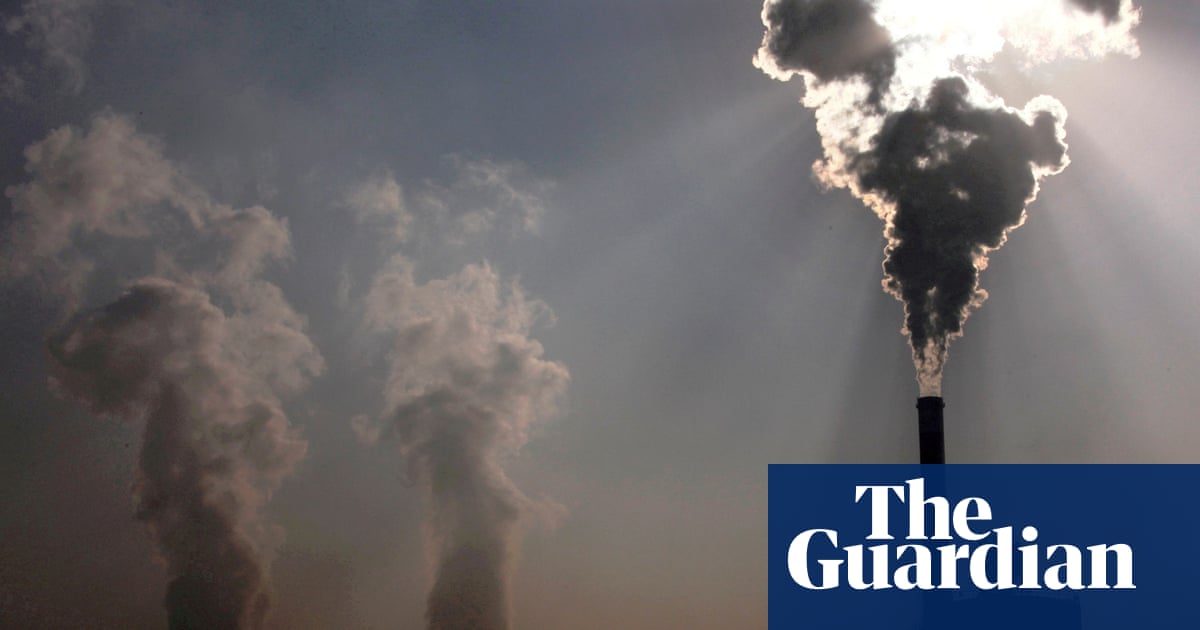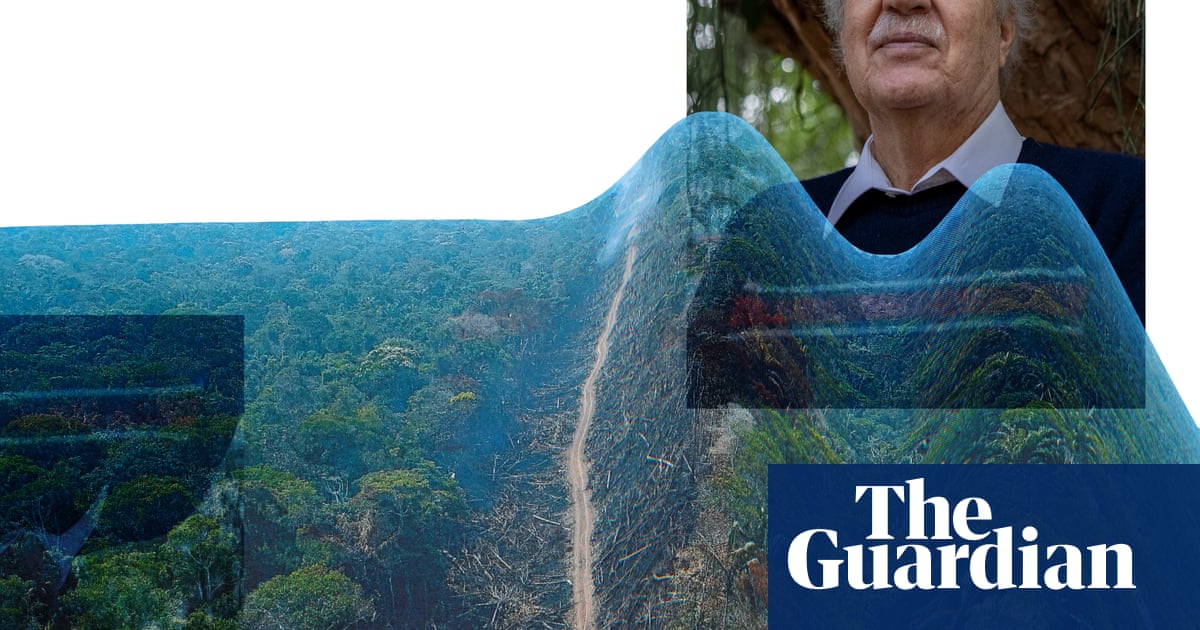The world wants China’s rare earth elements – what is life like in the city that produces them? | China

Central Baotou, an industrial hub of 2.7 million people that abuts the Gobi desert in north China, feels just like any other second-tier Chinese city. Large shopping malls featuring western chains including Starbucks and KFC stand alongside street after street of busy local restaurants, where people sit outside and children play late into the evening, enjoying the relative relief of the cooler temperatures that arrive after dark in Inner Mongolia’s baking summer.
But a short drive into the city’s suburbs reveal another typical, less hospitable, Chinese scene. Factories crowd the city’s edges, with chimneys belching white plumes of smoke. As well as steel and silicon plants, Baotou is home to China’s monopoly on rare earths, the metallic elements that are used in oil refining equipment and car batteries and that have become a major sticking point in the US-China trade war.
More than 80% of China’s rare earth reserves are in Baotou. Metals such as cerium and lanthanum are crucial for modern technologies ranging from smartphone screens to vehicle braking systems. Certain rare earths, such as samarium, are used in military-grade magnets, including by the US.
That has made them a useful bargaining chip for Beijing in the trade war. China has long objected to Washington’s embargo on the export of advanced semiconductors to China, and now appears to be returning in kind by cutting off western manufacturers from critical elements in their supply chain.
In April, Beijing restricted the export of several rare earths, before agreeing to reinstate export licences for some of them after recent talks in London.
The restrictions have already had global effects, with Ford temporarily closing a car factory in Chicago because of the shortage. On Monday, a Ford executive said the company was living “hand to mouth” to keep its factories open. In a fiery speech last week, the president of the European commission, Ursula von der Leyen, accused China of “weaponising” its dominance of the rare earths supply chain. Access to the commodities is reportedly top of the agenda for an upcoming EU-China summit.
An economic boon, an environmental hazard
Rare earths have been central to life in Baotou since long before the region’s geology made global headlines.
The metals were first discovered in China in Bayan Obo, a mining district 150km north of Baotou, in the 1930s. But production did not ramp up until the 1990s, when China entered a period of rapid economic reform and opening up. Between 1990 and 2000, China’s production increased by 450% to 73,000 metric tonnes. At the same time, production in other countries, namely the US, declined, giving China a near monopoly on the global supply. In 2024, the government’s quota for rare earths production was 270,000 tonnes. The Bayan Obo mining district is now a closely guarded community of people living in the shadow of massive mines and their toxic waste products.
Baotou’s rich reserves of natural resources have been good for the economy. The city’s GDP per capita is 165,000 yuan (£17,000), compared with the national average of 95,700 yuan, although locals grumble about an economic slowdown, which is affecting the whole country. According to state media, last year the industry generated more than 100bn yuan for the city for the first time. But the industry also has an environmental impact.
Toxic, often radioactive byproducts of rare earths processing are dumped into man-made ditches known as “tailings ponds”. One of the most notorious tailings ponds in the area is the Weikuang tailings dam, owned by the state-owned Baogang Group. For many years it was the world’s biggest dumping ground for rare earths waste products. It was not properly lined and there were fears about its toxic contents seeping into the groundwater and towards the nearby Yellow River, a major source of drinking water for northern China. According to the Ministry for Ecology and Environment, a clean-up project of one of the Yellow River’s tributaries in Baotou resulted in levels of ammonia nitrogen, a rare earths processing byproduct, decreasing by 87% between 2020 and 2024.
In the 2000s and 2010s, investigations into the villages around Baotou revealed orthopaedic problems, birth defects and an “epidemic” of cancer. Because microscopic rare earth elements can cross the blood-brain barrier and deposit in the brain, exposure has been linked to a number of neurological problems such as motor and sensory disabilities, and they can also affect the neurological development of foetuses in pregnant women.
A study published in 2020 found that children in Baotou were particularly likely to be exposed to rare earth elements through road dust, something that the researchers described as a “serious risk”. Another study found that the daily intake of airborne rare earths elements in mining areas was up to 6.7mg, well above the 4.2 mg level that is considered to be relatively safe.
“Large-scale extraction quite often proceeds at the expense of the health and well-being of surrounding communities, pretty much regardless of the context,” says Julie Klinger, an associate professor at the University Delaware who specialises in rare earths.
Although the technologies to process rare earths in less environmentally harmful ways exist in theory, they are rarely used because of cost.
“I doubt they could maintain their production costs if they took such steps,” says Craig Hart, a lecturer at John Hopkins University who focuses on rare earths.
Cleaning up in Baotou
Environmentalists note that part of the reason that China has been able to dominate global supplies of rare earths at competitive prices is because, as well as being rich in natural resources, it has also been willing to let poor, rural people bear the brunt of the toxic, dirty work. But now China wants to clean up its image.
In 2022, state media announced that Baotou’s major tailings pond had been transformed into an urban wetland. Birdwatchers could come and enjoy the pristine waters of the newly purified pond, which apparently attracted a range of migratory birds. When the Guardian visited the site of the new birders paradise, however, most of the site was blocked from view behind a newly built concrete wall. A peek over the wall revealed an expanse of arid mud. Around the area the demolished remains of the once notorious “cancer villages” were scattered among rusting pipes and dilapidated warehouses. One overgrown, abandoned dumpling restaurant was the only evidence of the communities that used to live there.
At the site of another village once cited locally as having particularly high cancer rates, a large silicon factory occupied the area.
It’s not clear where the residents have been moved to. A nearby, newly built complex of multi-storey apartment buildings appeared to be intended as housing for the relocated villagers, but few people roamed the streets. Local officials physically blocked the Guardian from speaking to any residents around the villages.
Baotou’s local government did not respond to a request for comment.
Source link






